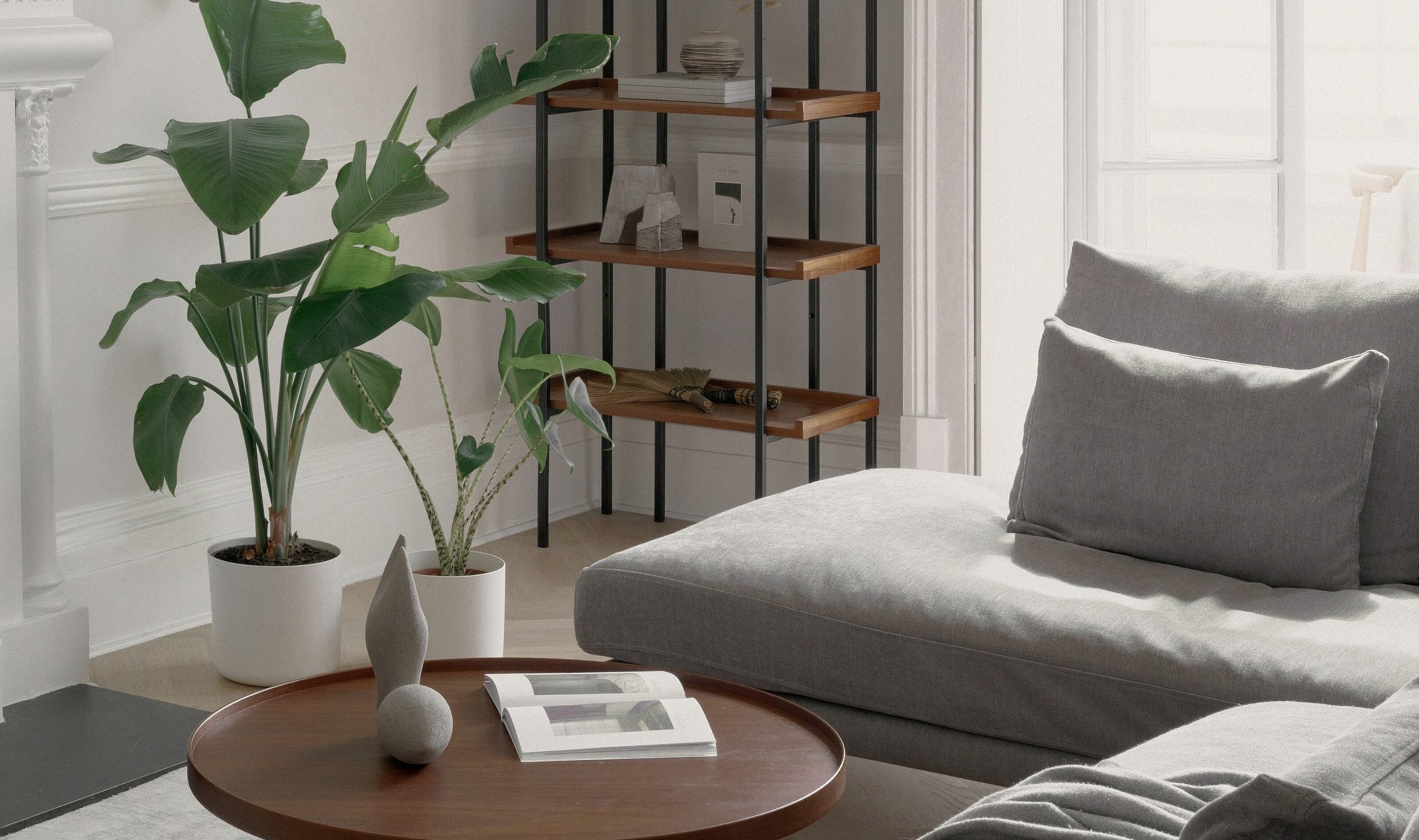
If you're looking to bring a little interest to your minimalist space, but don't want to overdo it on the decor, you can't go wrong with a verdant pop of green. Houseplants adhere to the core minimalist principle of bringing nature into the home, and have a holistic element - purifying the air, improving air humidity, and giving interiors a wellbeing focus.
‘Leafy plants are an excellent way to infuse life into a minimalist interior while maintaining a fresh and modern vibe,’ says Kashi Shikunova, director of minimalist design studio, YAM.
Here, we speak to green-fingered minimalist designers to find out the best houseplants to pick to bring greenery into your indoor garden.
1. Satin pothos
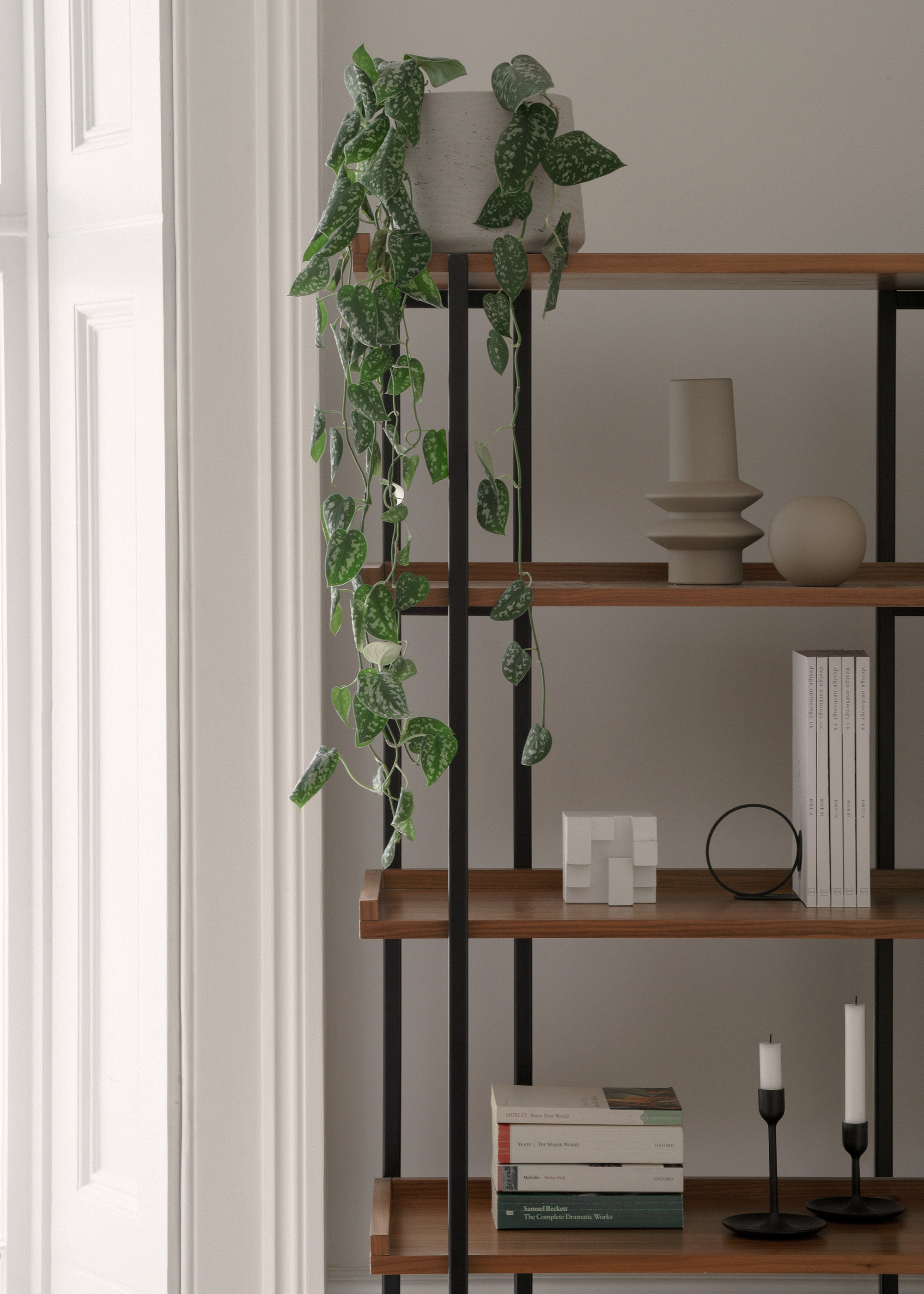
First on the list is satin pothos, a beautiful, pale green trailing plant with a distinguished speckled pattern. Super easy to look after, they are perfect for minimalists who want the houseplant look but see plants more as a piece of decor rather than a thing to nurture.
The satin pothos plant is a great tool to decorating with plants. 'Placing long, trailing plants on top of a shelf creates a captivating focal point and adds a finishing touch to the decor,’ says Kashi Shikunova of YAM Studios. 'Opting for slightly muted green tones ensures they blend harmoniously with the simple surroundings.
Sheena Murphy of London and New York-based interior design studio Nune also appreciates the trailing look. 'We love trailing plants on shelving to help break up too much linearity that shelves and books often create,' she says.
2. Rubber plant
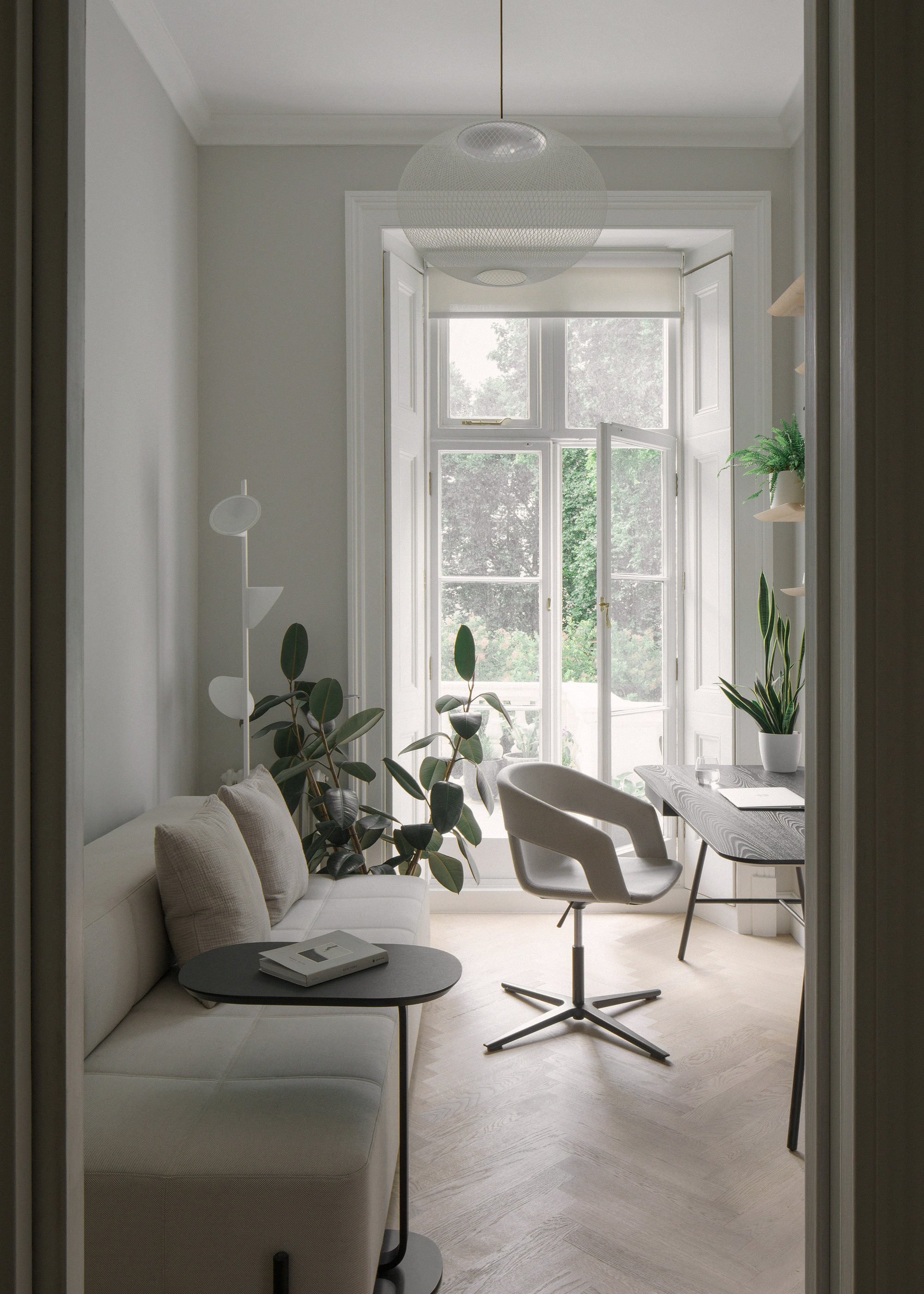
I love the large, sculptural look of a waxy rubber plant, and this is also a houseplant favored by minimalist designers. The rubber plant is something of a classic, available in varieties from the deep leaves of the forest rubber plant, the camouflage rubber plant, and the burgundy rubber plant. 'All three variations are sure to boost any minimalist space,' says Whitney Bromberg Hawkings of flower delivery service, FLOWERBX.
'The rich hues and glossy texture of their leaves give an elevated, luxury finish, pairing perfectly with a neutral interior color palette and accents of natural, earthy fabrics.'
When it comes to rubber plant care, rubber plants are like a sunny spot, any insufficient lighting will cause the leaves to drop. Resist the urge to move your plant around, and avoid watering your plant too much. Rubber plants are like succulents so just give your rubber plant a top-up with water when the topsoil dries out.
3. Paradise strelitzia
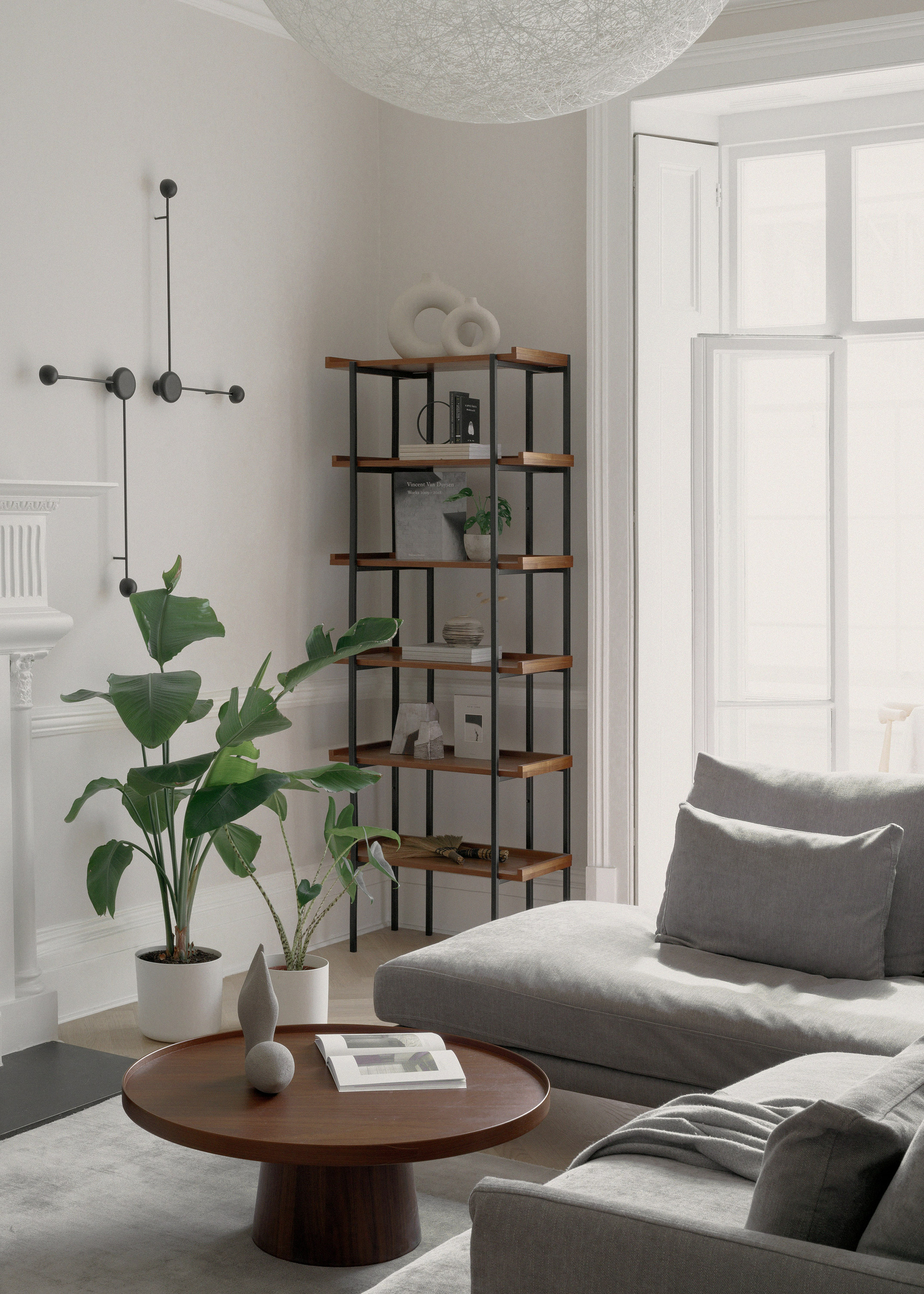
One of the indoor plants that make a room look more expensive is the bird of paradise plant. Its lush, large leaves give it a slightly tropical feel and it will look elegant in a minimalist home.
'Some rooms call for really sparse and fine plants or trees, and others need a little more weight and presence,' says Sheena. This plant is one such plant that brings such gravitas and statuesque presence to your space.
4. Fiddle leaf fig tree
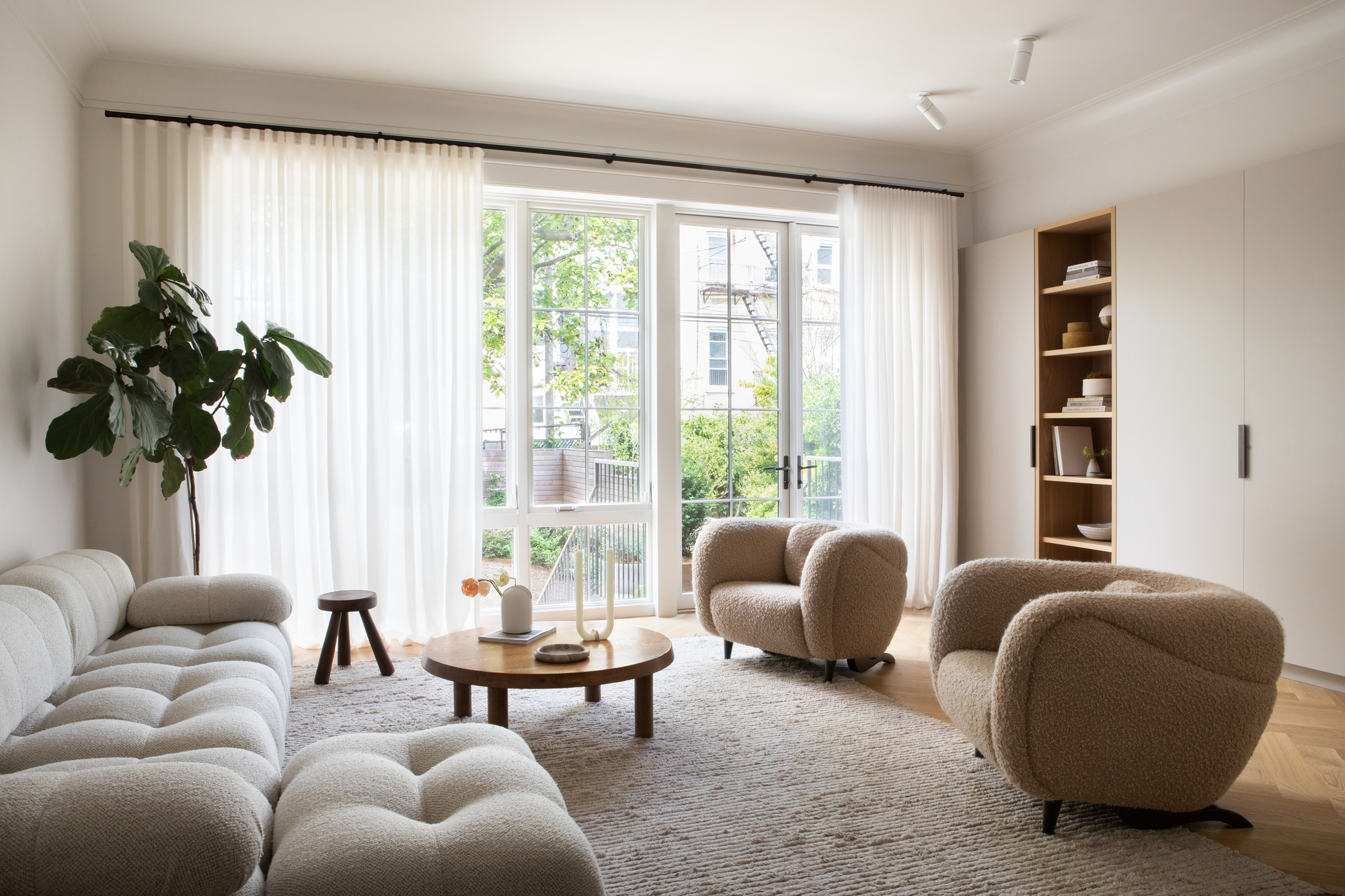
One of the best indoor trees that suit every style of interior design is the fiddle leaf fig tree. The leaves are large and pleasingly paddle-shaped. They grow to great heights so if you're looking for a plant that brings height, this is a great addition to your minimalist living room.
'For most people, their house plants need to be easy to maintain and should also be the right scale for the room - don't be afraid to go big to highlight the wall!' says Sheena.
'It adds an architectural addition to a living space,' says Thomas Broom-Hughes, director of Horticulture at Petersham Nurseries.
Make sure you look after your fig tree, protecting it from drafts and giving it bright and filtered light. Give the leaves a spritz every now and then as well as a dust to keep the beautiful leaves polished and shining.
5. Chinese money plant
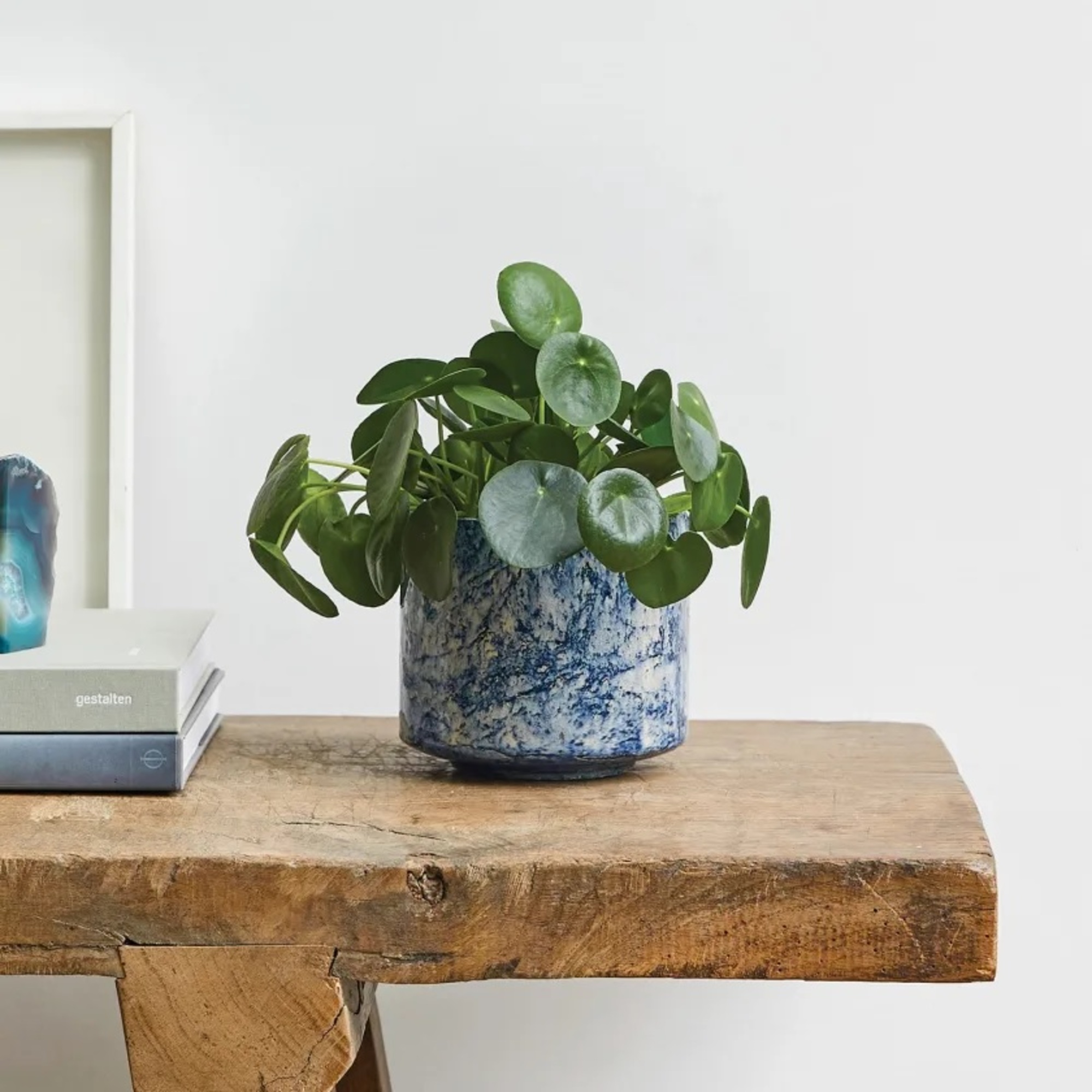
Last but not least, the Chinese money plant or pilea is easy to maintain and seriously cute. Surprisingly, this little plant is a succulent - which can be identified by its smooth, round and fleshy leaves. 'Succulents are super study and often really visually interesting options,' says Sheena.
The money plant has quite a lot of shape and brings pattern to your room in a natural way - perfect for a minimalist indoor zen garden where you might be lacking a bit of interest. Just be sure to keep your plant pot simple. 'Choosing plain pots with textured finishes complements the minimalist aesthetic of the decor,' advises Kashi.
They are also really easy to propagate, if you fancy doubling up on your pilea count in your home. Just take a bit of the root and pop it in a small glass vehicle. Place it somewhere in the home that receives quite a bit of sunlight and you'll notice the roots start to sprout. Once you have quite a lot of roots growing, it's time to place in soil. When it comes to Chinese money plant care, don't overwater, keep them in the sunlight, and make sure to up-pot when it overgrows its pot.







